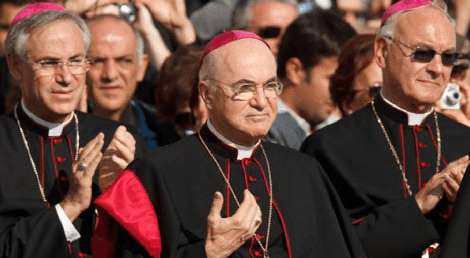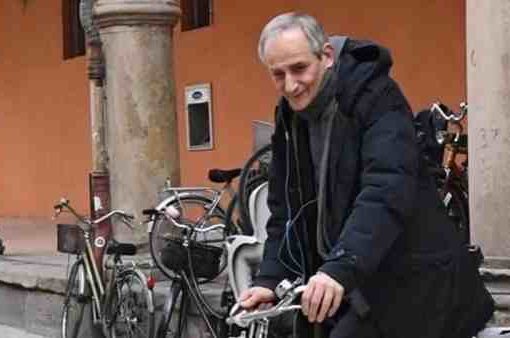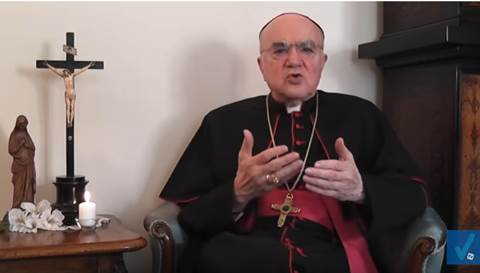
Creating a so-called “new Church” is a centuries-old project of Freemasons that has accelerated under revolution-minded clerics in the last 60 years, according to Abp. Carlo Maria Viganò.
La “nuova chiesa” è un plurisecolare progetto della Massoneria, accelerato da soggetti con mentalità rivoluzionaria negli ultimi 60 anni. Così si sintetizza il pensiero di Mons. Viganò, autore del celebre memoriale di accusa a Francesco, nell’estate 2018.
In un’intervista pubblicata su Inside th Vatican, curata da Robert Moynihan, entra nei dettagli
In this new interview, Moynihan asks the archbishop if the plan actually dated back even farther to dissident Jesuit theologians and even to the “French Revolution in 1789.” “I agree fully,” Viganò replied. “Certainly it is a project, if you will, that goes back centuries, in particular, to the creation in the middle of the 1700s of freemasonry.”
Insomma: Viganò fin qui conferma ciò che era noto, la Massoneria lavora da secoli per cambiare la Chiesa. Il passo più curioso arriva poco dopo: lo snodo del Vaticano II.
But this process became strikingly evident in modern times.
At the beginning of the Second Vatican Council, in 1962, a maneuver was able to nullify the decision taken by the general assembly of the bishops in St. Peter’s Basilica.
The bishops had rejected a proposal to put aside the schemas which had been prepared by the various offices of the Roman Curia, in order to draft new schema.
The maneuver to nullify this decision came especially through the offices of one very prominent member of the Society of Jesus, Cardinal Augustin Bea. He and others were able to convince Pope John XXIII to set aside the prepared schemas and replace them with other schemas prepared by theologians especially from northern Europe, Hans Küng, Karl Rahner, and others.
This was the beginning of an opening, the first break in the wall of the procedure that had been established, in the process of creating a new Church. This is my answer.
In poche parole, ciò che i tradizionalisti già sanno ma che non si aspettano di sentir dire da un arcivescovo “conciliare”: al Concilio ci fu – è ormai noto – una manovra per mettere da parte gli schemi originari e puntare su materiali di stampo schiettamente modernista. Sul banco degli accusati? Il cardinale gesuita Agostino Bea. I teologi modernisti? In particolare Hans Küng e Karl Rahner. Qui il primo passo, dice l’arcivescovo che premette: “Il processo plurisecolare è diventato sorprendentemente evidente nei tempi moderni“.
Ma Viganò non si ferma, attacca i gesuiti e il post-Concilio, cadendo però nella retorica dell’ermeneutica della continuità:
He then described how the Jesuits played a prominent role in misinterpreting the 16 documents authored during the Council. He tells of how the Jesuits met after the Council ended in 1965 and again in 1966 to discuss how to present specific “precise amendments” authored by then-Pope Paul VI. The outcome of these efforts by the Jesuits’ was devastating, according to the archbishop.
“So what happened after Vatican II ended in 1965,” said Viganò, “was absolutely the opposite of a policy of continuity, which would have been the correct interpretation of the Vatican II documents.”
Eccellenza, un ultimo sforzo (decisivo) e ci siamo!




